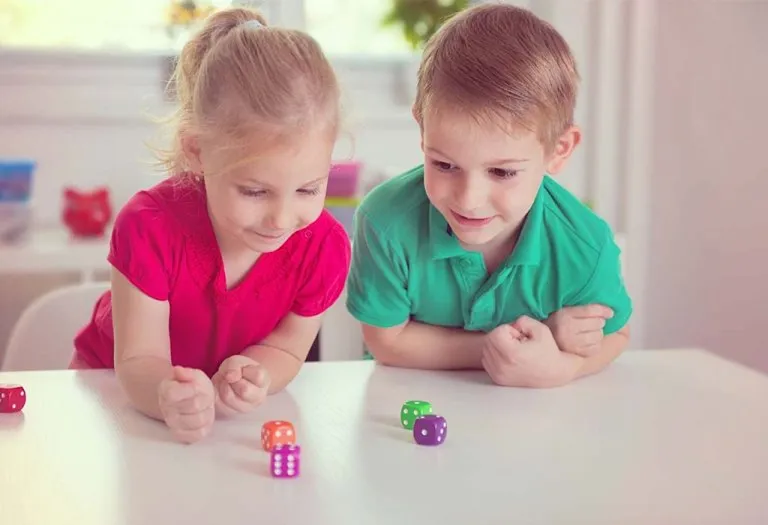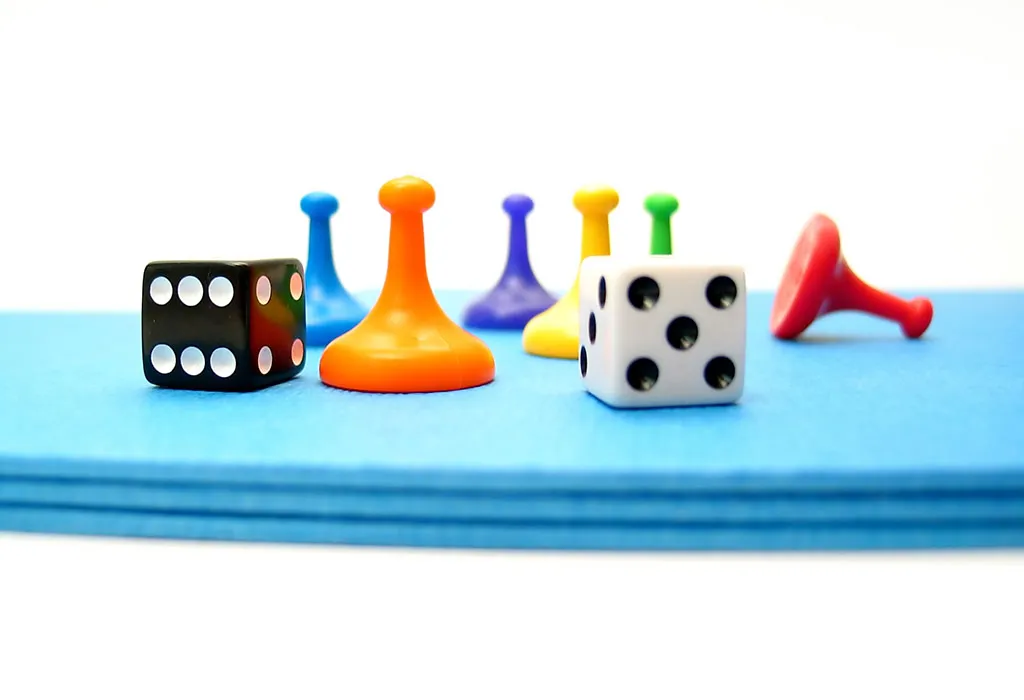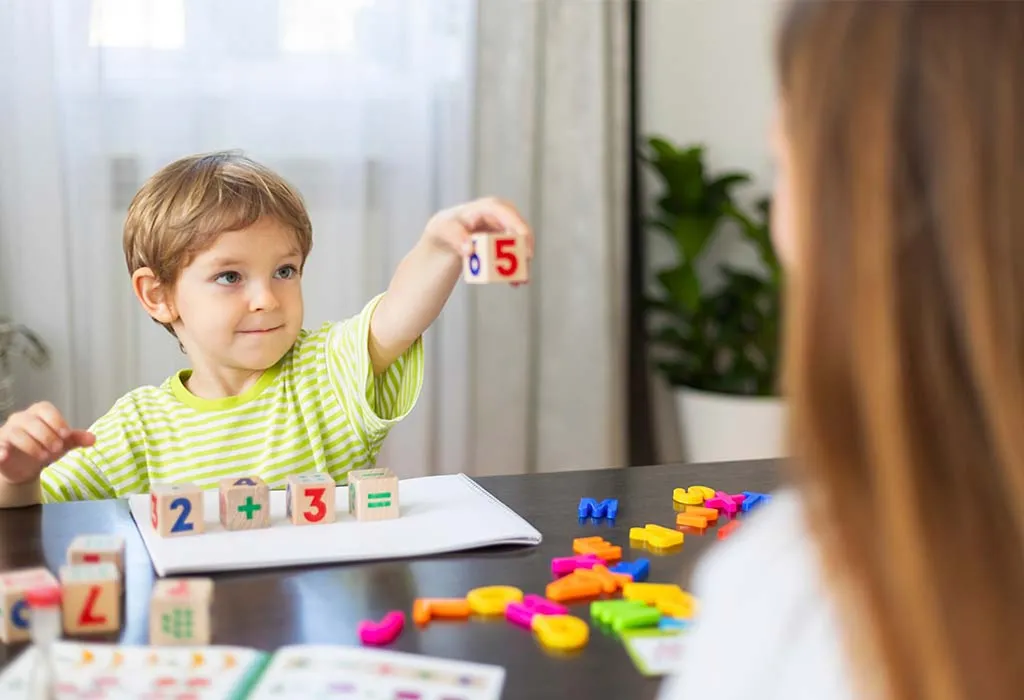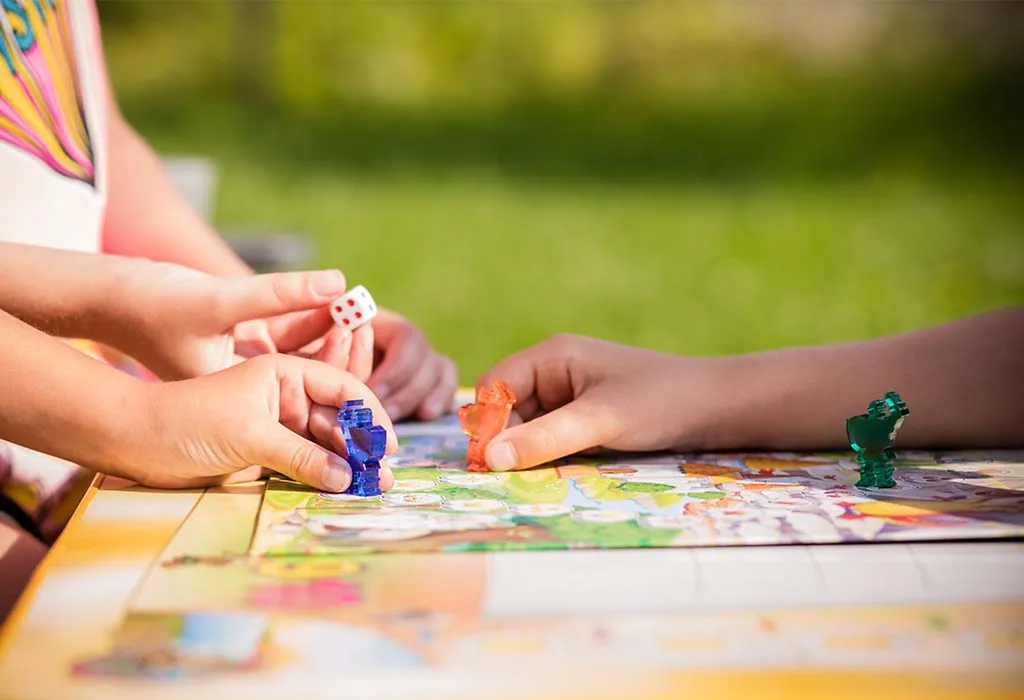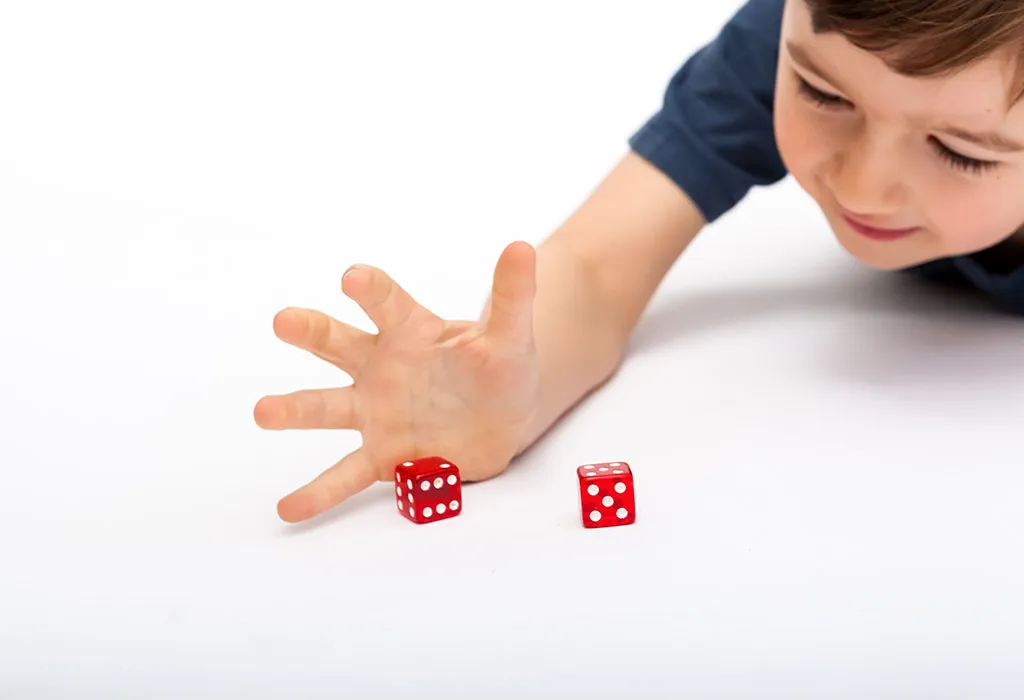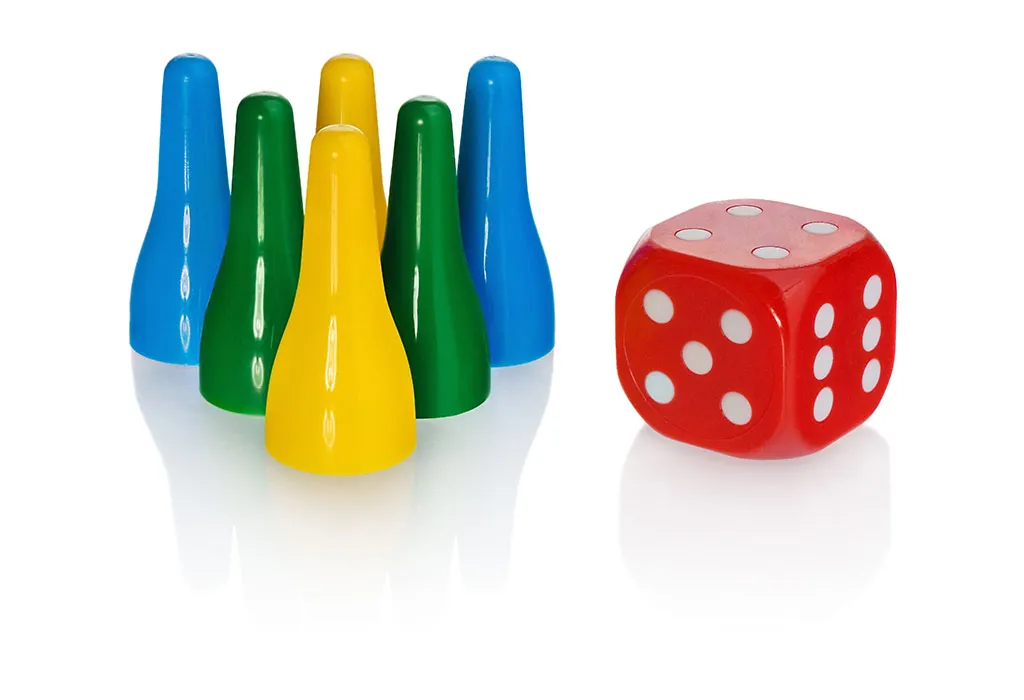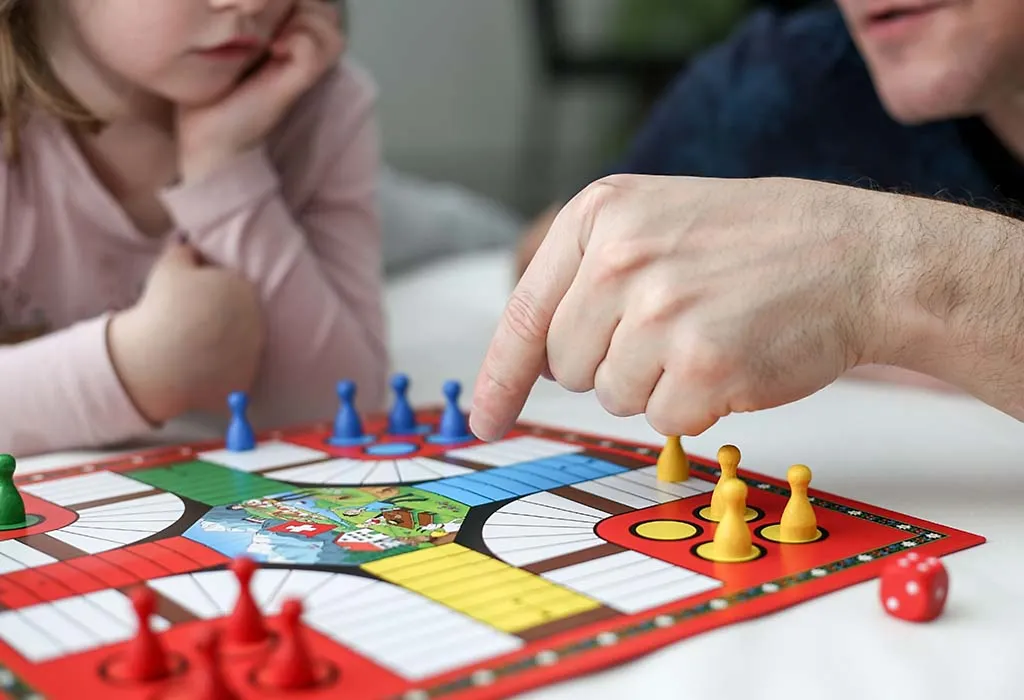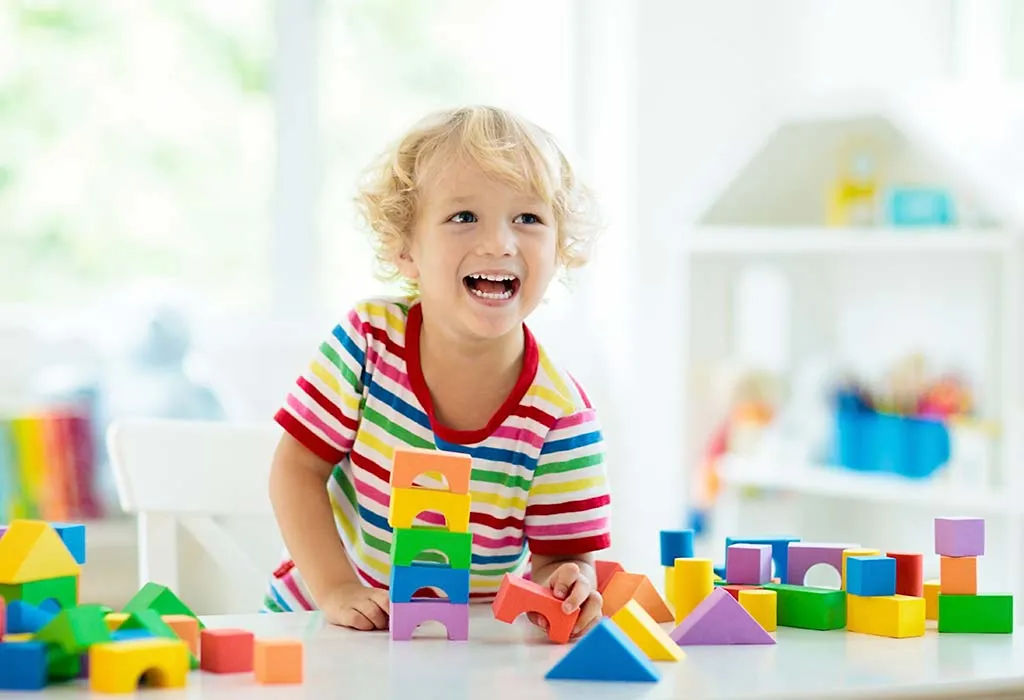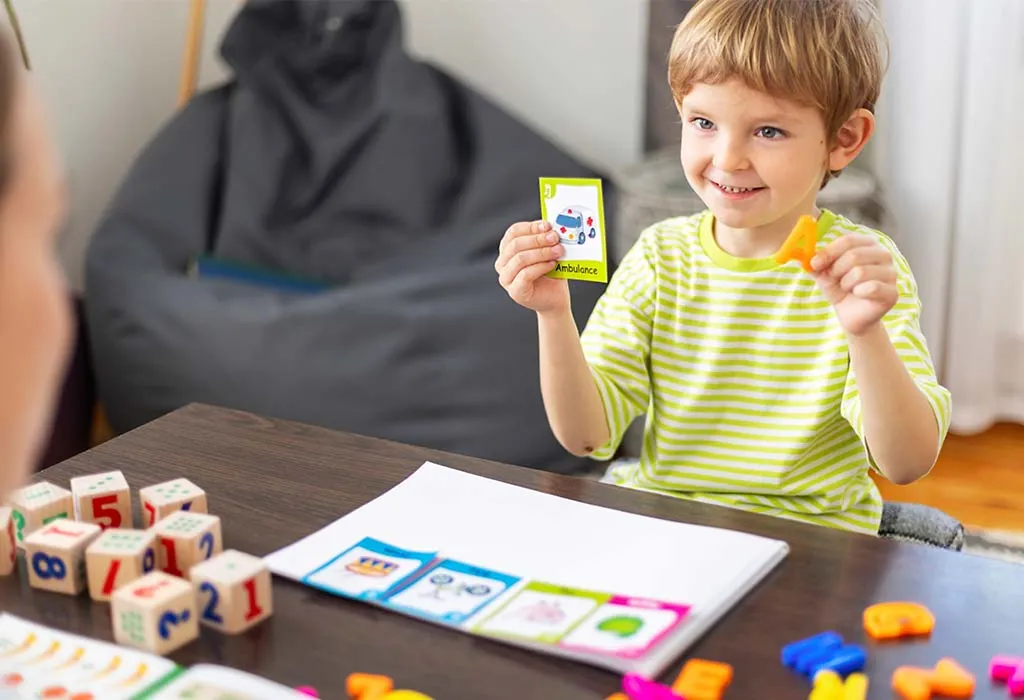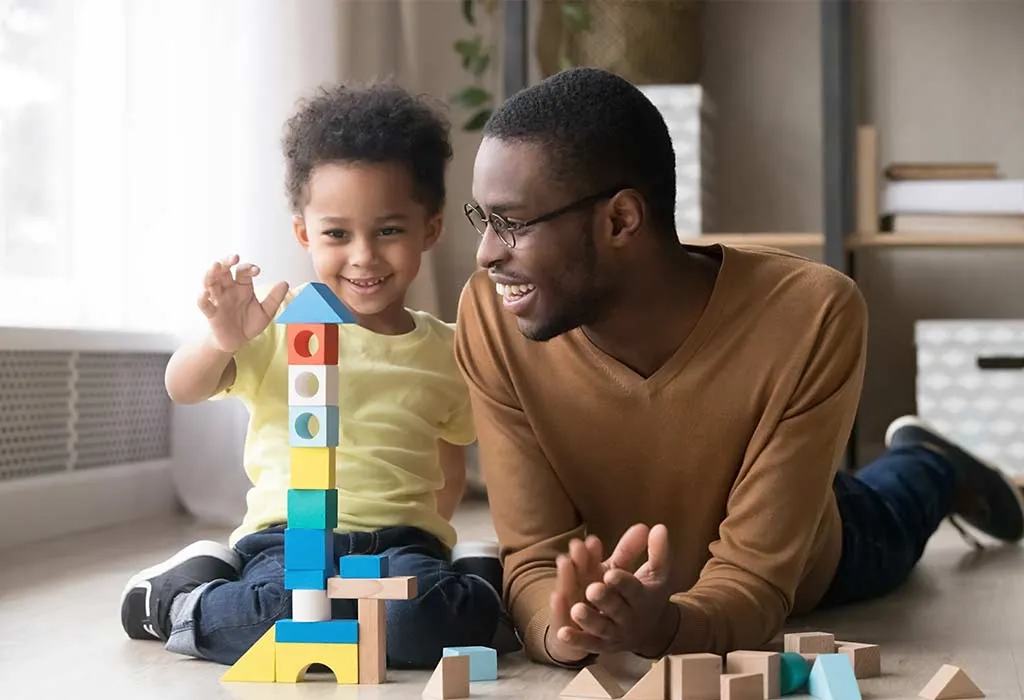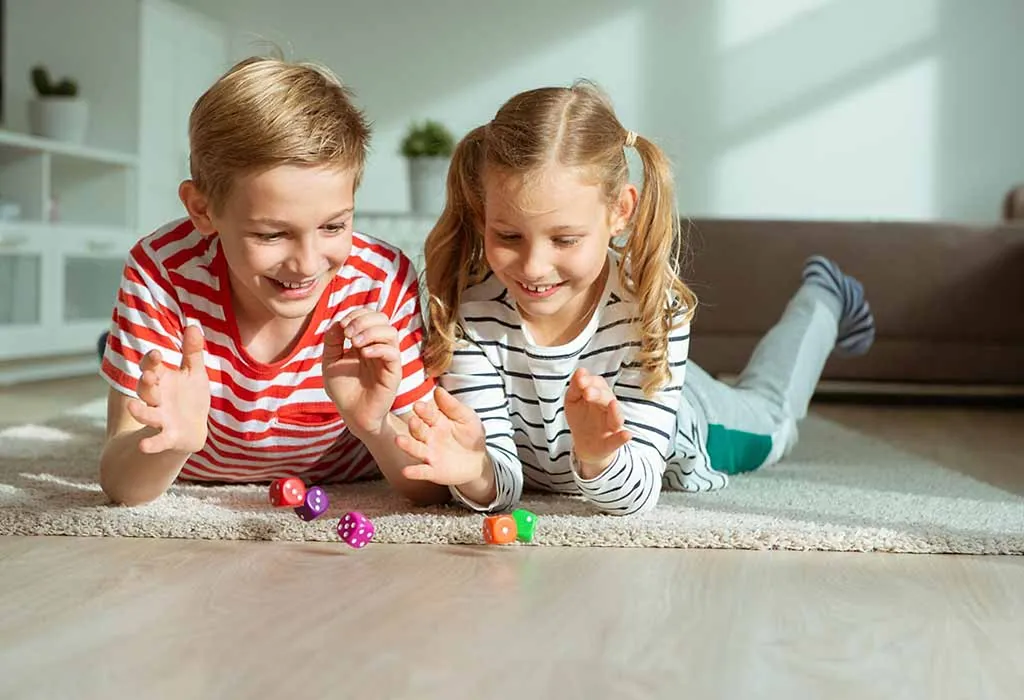15 Best Children’s Dice Games to Play and Enjoy at Home
Looking for a simple and exciting way to keep your kids entertained at home? Dice games are a fantastic choice! Not only are they easy to set up, but they also provide hours of fun while helping children develop important skills like counting, strategy, and patience. Whether you’re playing as a family or letting the kids enjoy a quick game on their own, there’s something magical about the roll of the dice that keeps everyone engaged.
Dice games for kids are perfect for all ages and can be played with just a pair of dice and a few household items. If you’re searching for children’s dice games that are both fun and educational, you’re in the right place. Let’s explore some easy and enjoyable games that will keep kids entertained while sharpening their minds!
Dice Games for Kids That Combine Fun & Learning
Dice games are a great way to make learning fun for kids. They help with counting, number recognition, and basic maths while keeping children engaged. Here are some exciting dice games that mix fun with learning.
1. Roll and Count
Things Needed
- A pair of dice
- Small objects like buttons, beads, or candies
- A tray or small bowl to collect objects
- A notebook and pencil for recording numbers
- A timer (optional for extra challenge)
This game is great for early learners. Kids roll the dice and count the total dots, helping them practice number recognition and basic maths. Using small objects makes counting more hands-on and engaging. Adding a timer can make it exciting as kids try to collect as many objects as possible within a time limit. Parents or teachers can also use this game to introduce addition in a fun way. It is simple yet effective for young learners.
How to Do
- Roll the dice and count the dots on both.
- Collect that many objects from the pile and place them in a tray.
- Repeat the process with each roll, adding more objects.
- After a few rounds, count all collected objects to see the total.
- If playing with multiple kids, the one with the most objects wins.
- To make it more fun, use colourful objects or allow kids to trade pieces.
- Set a goal, like reaching 50 objects, to extend the game.
Number of Players Required
1-2
2. Dice Addition
Things Needed
- Two dice
- Paper and pencil for writing numbers
- A whiteboard and markers (optional)
- A small reward for motivation (like stickers)
- A number chart for younger kids
This game is great for improving basic maths skills. Kids roll two dice and add the numbers together, helping them practice simple addition in an enjoyable way. Writing the numbers down reinforces learning while using a number chart can assist beginners. A small reward system, like stickers or stars, can keep kids motivated. This game can be adjusted based on skill level, making it suitable for different age groups.
How to Do
- Roll both dice and check the numbers.
- Add the two numbers together.
- Write the sum on paper or a whiteboard.
- If playing with others, take turns rolling and adding.
- The first player to reach a total of 50 or 100 wins.
- Use a timer to make the game faster and more challenging.
- For younger kids, allow them to use a number chart for guidance.
Number of Players Required
1+
3. Race to 20
Things Needed
- One die
- Paper and pencil for keeping score
- A board or numbered sheet (optional)
- A small toy or marker for tracking progress
- A timer for added excitement
This game makes counting fun while improving number sense. Kids take turns rolling the die and adding the number to their total, trying to reach 20 first. The game can be played using a simple score sheet or a small board with numbers. A timer can be used for a more exciting challenge. Using a small toy or marker helps kids visually track their progress, making it more engaging.
How to Do
- Roll the die and check the number.
- Add the number to your total.
- Keep rolling and adding until you reach 20.
- If a player goes over 20, they must subtract that number instead.
- The first player to reach exactly 20 wins.
- For a harder version, increase the target to 50.
- Play in pairs or teams for more fun.
Number of Players Required
2+
4. Greater or Smaller
Things Needed
- Two dice
- Paper and pencil for scorekeeping
- A whiteboard and markers (optional)
- Small tokens for rewards (optional)
- A number comparison chart for beginners
This game is ideal for teaching kids number comparison. Players roll two dice, compare the numbers, and determine which one is greater. It helps with understanding bigger and smaller numbers, making it a simple yet effective learning tool. Adding a whiteboard or a number chart can help younger kids visualise numbers better. Small tokens or stickers can be used to make the game more rewarding.
How to Do
- Roll both dice.
- Compare the numbers and say which one is greater.
- If playing with others, take turns rolling and comparing.
- Keep track of correct answers on a score sheet.
- The player with the most correct comparisons wins.
- Add a timer for a faster-paced version.
- For younger kids, use a number chart to guide them.
Number of Players Required
2+
5. Dice Patterns
Things Needed
- One die
- Graph paper or drawing sheets
- Coloured pencils or markers
- Small stickers or stamps (optional)
- A sample pattern for reference
This game encourages creativity and pattern recognition. Players roll the die and create patterns based on the number rolled. It helps with fine motor skills and logical thinking.
How to Do
- Roll the die and check the number.
- Draw that many shapes or patterns on the paper.
- Continue rolling and adding to the design.
- Try to create a bigger pattern by repeating steps.
- If playing with others, compare patterns at the end.
- Use different colours to make the design interesting.
- The most creative or detailed pattern wins.
Number of Players Required
1+
6. Number Hunt
Things Needed
- One die
- A sheet of paper with numbers written randomly
- Coloured markers or crayons
- A timer (optional)
- A small prize for motivation (optional)
This game helps kids recognise numbers in a fun way. Players roll the die and search for the matching number on the sheet, then circle or colour it. It is an easy game that enhances number recognition skills. Using colourful markers makes it visually engaging, and adding a timer adds excitement. A small prize, like a sticker, can encourage kids to stay focused.
How to Do
- Roll the die and note the number.
- Search for that number on the sheet.
- Circle or colour the number once found.
- Keep rolling and marking numbers until all are circled.
- If playing with others, the one who finds all the numbers first wins.
- Use a timer to make the game more challenging.
- Repeat with a new number sheet for extended play.
Number of Players Required
1+
7. Dice Bowling
Things Needed
- One die
- 10 small objects like plastic cups or toy blocks as pins
- A softball (optional)
- A score sheet for keeping track
- A flat surface for setting up pins
This game is a fun mix of bowling and dice rolling. Kids roll the die to determine how many pins they need to knock down. It helps improve hand-eye coordination and counting skills. Using lightweight objects ensures safety, and a soft ball can be used instead of hands to knock down the pins. Keeping score adds an extra challenge.
How to Do
- Set up 10 pins in a triangle shape.
- Roll the die to see how many pins to knock down.
- Use your hand or a ball to remove that many pins.
- Count the remaining pins and write down the score.
- Keep rolling and knocking down pins until all are gone.
- The player with the highest score after five rounds wins.
- For younger kids, use fewer pins to make it easier.
Number of Players Required
2+
8. Odd or Even
Things Needed
- One die
- A score sheet
- A number chart for reference (optional)
- A timer for fast-paced play (optional)
- Small prizes for motivation (optional)
This game helps kids understand odd and even numbers in a simple way. Players roll the die, call out whether the number is odd or even, and score points for correct answers. Using a number chart helps beginners, and adding a timer makes it more exciting. Small rewards keep kids engaged and motivated.
How to Do
- Roll the die and check the number.
- Say if the number is odd or even.
- If correct, score a point.
- Keep taking turns rolling and answering.
- The first player to reach 10 correct answers wins.
- Use a timer to see how many correct answers can be given in a minute.
- For younger kids, let them check with a number chart.
Number of Players Required
1+
9. Roll and Move
Things Needed
- One die
- A small toy or marker
- A board with numbered spaces or a drawn path
- A score sheet (optional)
- Stickers for rewards (optional)
This is a simple movement-based game where kids roll the die and move their toy along a numbered path. It helps with counting and number recognition while keeping kids physically active. Using a fun board with different colours or images makes it more engaging. Stickers can be given as rewards for reaching certain points.
How to Do
- Place the toy at the starting point.
- Roll the die and move forward by that many spaces.
- Keep rolling and moving until reaching the end.
- If playing with others, take turns rolling and moving.
- The first player to reach the finish line wins.
- Use a bigger board for longer playtime.
- Add special spaces where players must skip a turn or roll again.
Number of Players Required
2+
10. Build a Tower
Things Needed
- One die
- Small blocks like LEGO or wooden cubes
- A timer for added challenge (optional)
- A score sheet to track the highest tower (optional)
- A flat surface for stacking
This game encourages fine motor skills and patience. Kids roll the die and stack that many blocks to build a tower. The goal is to build the tallest tower without it falling. Using a timer adds excitement and a score sheet helps track progress.
How to Do
- Roll the die and check the number.
- Stack that many blocks carefully.
- Keep rolling and adding blocks to the tower.
- If the tower falls, start over.
- The highest tower after five rounds wins.
- Use a timer to limit stacking time for more challenges.
- Play in teams for a cooperative version.
Number of Players Required
1+
11. Roll and Spell
Things Needed
- One die
- Flashcards with letters written on them
- A notebook and pencil
- A whiteboard and marker (optional)
- A timer for an extra challenge (optional)
This game helps kids improve their spelling and letter recognition skills. Players roll the die, pick that many letter flashcards, and try to form a word. It encourages creativity and builds vocabulary. Using a whiteboard can make the game more interactive, and a timer can add excitement. This is a great way to make learning letters fun for young children.
How to Do
- Roll the die and check the number.
- Pick that many letter flashcards from the pile.
- Try to arrange the letters into a word.
- If a word is formed, write it down or say it out loud.
- If playing with others, take turns rolling and making words.
- Use a timer to see how quickly words can be formed.
- The player with the most words at the end wins.
Number of Players Required
1+
12. Counting Hop
Things Needed
- One die
- A large space for jumping
- Tape or chalk to mark numbers on the floor
- A timer for added challenge (optional)
- Small rewards for motivation (optional)
This is an active game that helps kids practice counting while moving. Players roll the die and hop forward that many times. It combines learning with physical activity, making it great for energetic children. Marking numbers on the floor helps with number recognition. Using a timer can turn it into a fun race.
How to Do
- Roll the die and check the number.
- Hop forward to that many times.
- If playing with others, take turns hopping.
- The first to reach a set distance wins.
- Use a timer to see who can complete the course the fastest.
- Try hopping on one foot for an extra challenge.
- Reward kids for completing the game to keep them motivated.
Number of Players Required
1+
13. Shape Match
Things Needed
- One die
- A sheet of paper with different shapes drawn on it
- Coloured pencils or crayons
- Stickers for rewards (optional)
- A timer for extra excitement (optional)
This game teaches kids about shapes while making learning fun. Players roll the die, match the number to a shape, and colour it. It helps with shape recognition and fine motor skills. Stickers can be used to reward kids for completing their sheets.
How to Do
- Assign a shape to each number on the die.
- Roll the die and find the matching shape on the paper.
- Colour the shape once found.
- Keep rolling until all shapes are coloured.
- If playing with others, the first to finish wins.
- Use a timer to make it more exciting.
- Try drawing the shape instead of colouring for an added challenge.
Number of Players Required
1+
14. Animal Sounds
Things Needed
- One die
- A list of animals assigned to each number
- A toy microphone (optional)
- A whiteboard to write down animal names (optional)
- Small prizes for motivation (optional)
This is a fun and silly game that helps kids learn about animals. Players roll the die and make the sound of the animal assigned to that number. It improves memory and listening skills while making learning enjoyable.
How to Do
- Assign an animal to each number on the die.
- Roll the die and check the number.
- Make the sound of the animal that matches the number.
- If playing with others, take turns rolling and making sounds.
- The funniest or most accurate sound wins.
- Use a toy microphone for added fun.
- Try acting like the animal for an extra challenge.
Number of Players Required
2+
15. Roll and Build
Things Needed
- One die
- Small building blocks like LEGO or wooden cubes
- A timer for an extra challenge (optional)
- A score sheet to track the tallest structures
- A flat surface for stacking
This game is great for creativity and motor skills. Kids roll the die and use that many blocks to build a structure. The goal is to build the tallest or most creative tower. A timer can add excitement, and a score sheet helps track progress.
How to Do
- Roll the die and check the number.
- Use that many blocks to build a structure.
- Keep rolling and adding blocks.
- If the tower falls, start over.
- The highest tower after five rounds wins.
- Use a timer to limit building time.
- Play in teams for a cooperative version.
Number of Players Required
1+
Benefits of Playing Dice Games for Kids
Dice games are a fun way for kids to learn while playing. They help with counting, problem-solving, and social skills. Simple activities with dice can make learning enjoyable and interactive.
1. Improves Maths Skills
Kid’s dice games help children understand numbers, addition, and subtraction. Rolling dice teaches them to count and recognise patterns.
2. Boosts Critical Thinking
When kids play dice games, they make quick decisions and solve problems. Games that involve strategy help them think ahead and plan their moves.
3. Enhances Social Skills
Playing with others teaches kids to take turns and follow the rules. Dice games encourage teamwork and communication. This helps them build patience and cooperation.
4. Develops Fine Motor Skills
Rolling dice and moving game pieces improve hand-eye coordination. Picking up and placing objects helps strengthen small muscles in their hands.
Kid’s dice games make learning fun and interactive. They are simple, engaging, and perfect for young learners.
FAQs
1. What age group can play dice games?
Dice games are great for kids of all ages. Simple games work well for preschoolers, while older kids can enjoy more challenging ones.
2. How do dice games help in learning?
They improve counting, maths skills, and problem-solving. Playing with others also helps kids learn patience and teamwork.
3. What are some easy dice games for kindergarten?
Games like Roll and Count, Dice Addition, and Odd or Even are simple and fun. They help kids learn numbers while playing.
Dice games are a simple and fun way to help kids learn while playing. They improve maths skills, critical thinking, and social interaction. These games encourage children to count, solve problems, and make quick decisions. Playing with dice also helps develop patience and teamwork. Kids can enjoy these activities at home, in school, or with friends. With so many easy and engaging options, dice games are a great way to mix learning with fun. Every roll of the dice brings a new opportunity to learn and grow.
Also Read:
Party Games For Kids
Memory Games For Kids
Icebreaker Games For Kids
Was This Article Helpful?
Parenting is a huge responsibility, for you as a caregiver, but also for us as a parenting content platform. We understand that and take our responsibility of creating credible content seriously. FirstCry Parenting articles are written and published only after extensive research using factually sound references to deliver quality content that is accurate, validated by experts, and completely reliable. To understand how we go about creating content that is credible, read our editorial policy here.






